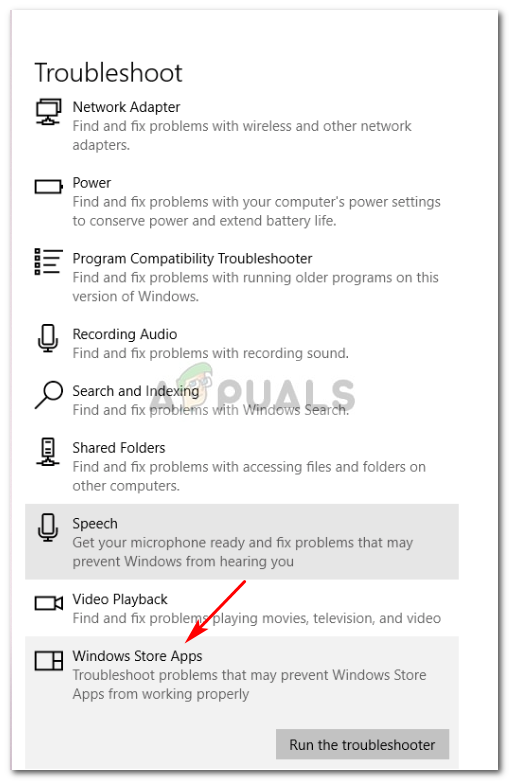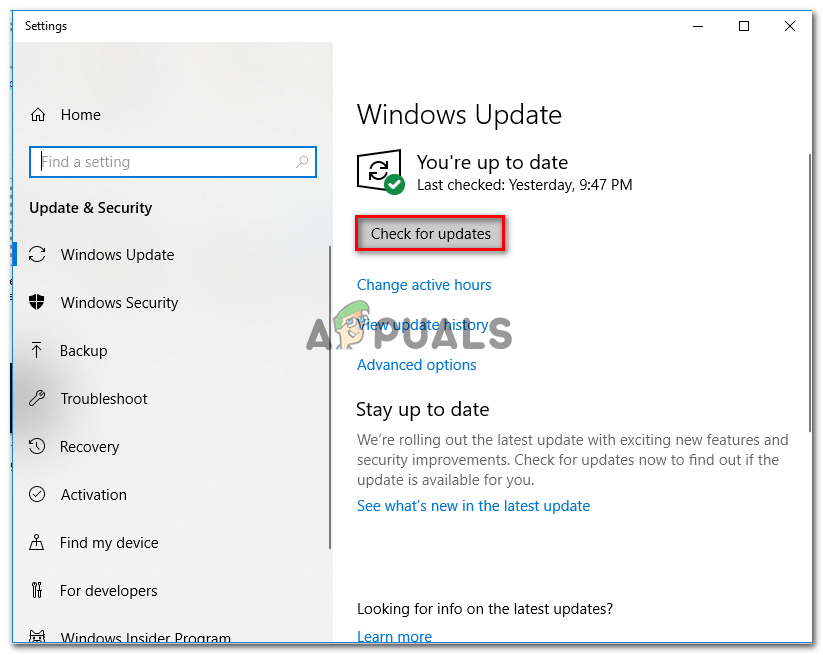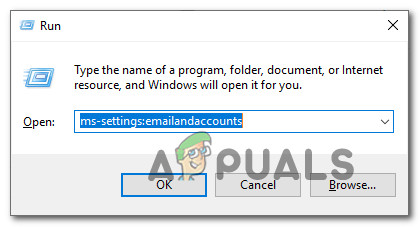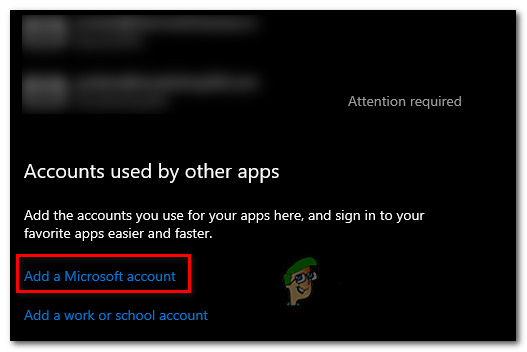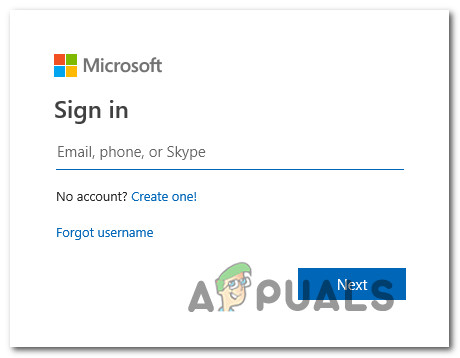What is causing the 0xd000000D Error in Windows Store?
We investigated this particular issue by looking at various user reports and the repairs strategies that are commonly being used to fix this particular error message. As it turns out, there are multiple potential culprits that can be responsible for this error message:
Method 1: Using the Windows App troubleshooting app
Windows Troubleshooter is notoriously known for being unhelpful for the vast majority of fixes, but in this particular case, a lot of affected users have confirmed that they’ve been able to resolve the issue simply by running the Windows Store Apps troubleshooter. This built-in utility contains a selection of repair strategies that are related to the most common problems faced inside the Windows Store. If you scan your system with this tool and a problem is found, the utility will automatically recommend the most suitable strategy that has the highest chance of resolving the issue. Here’s a quick guide on running the Windows Store App troubleshooter: If the issue still persists after the next startup sequence is complete, move down to the next method below.
Method 2: Installing every pending Windows update
As it turns out, you might also be able to resolve the issue by ensuring that you install all the pending updates available for your Windows installation. If the issue was introduced by a bad update that Microsoft has since rectified, you will be able to fix the 0xD000000D error code by installing every available update. Several affected users have reported that they managed to fix the issue on Windows 7 and Windows 10. Here’s a quick guide on how to install every Windows update in order to fix this issue: If you’re still encountering the 0xD000000D error code, move down to the next method below.
Method 3: Sign into a Microsoft Account
As several different users have reported, the 0xD000000D error code might occur in situations where you are signed into a local account instead of using a Microsoft Account. Windows Store is one of the many Windows 10 applications that are known to malfunction in instances where the user is using a local account. If this scenario is applicable to your current situation, you should be able to resolve the issue very easily by accessing the Account tab and signing in with a Microsoft account instead. Here’s a quick guide on how to sign in with a Microsoft account: If the issue is still occurring, move down to the next method below.
Method 4: Resetting Windows Store
If none of the methods above have allowed you to resolve the issue, let’s try a more drastic approach. It’s also possible that the Microsoft Store 0xD000000D error code occurs due to file corruption. Most commonly, this is confirmed to occur in instances where a security suite has previously quarantined some items or after a failed Windows update. Several users in a similar scenario have reported that the issue was resolved after they reset all Windows Store components. There are two different ways of doing this effectively. We are going to feature both, so feel free to follow whichever method is more approachable to your technical abilities.
Resetting Windows Store via the Settings app
Resetting Windows store via elevated Command Prompt
How to Block Windows Store in Windows 10 and Windows Server 2019Fix: Error 0x80073CF9 in Windows Store on Windows 10 MobileFix: Windows Store Cache May Be Damaged Windows 10How to Fix ‘Error: 0x803F8001’ in Windows Store on Windows 11


